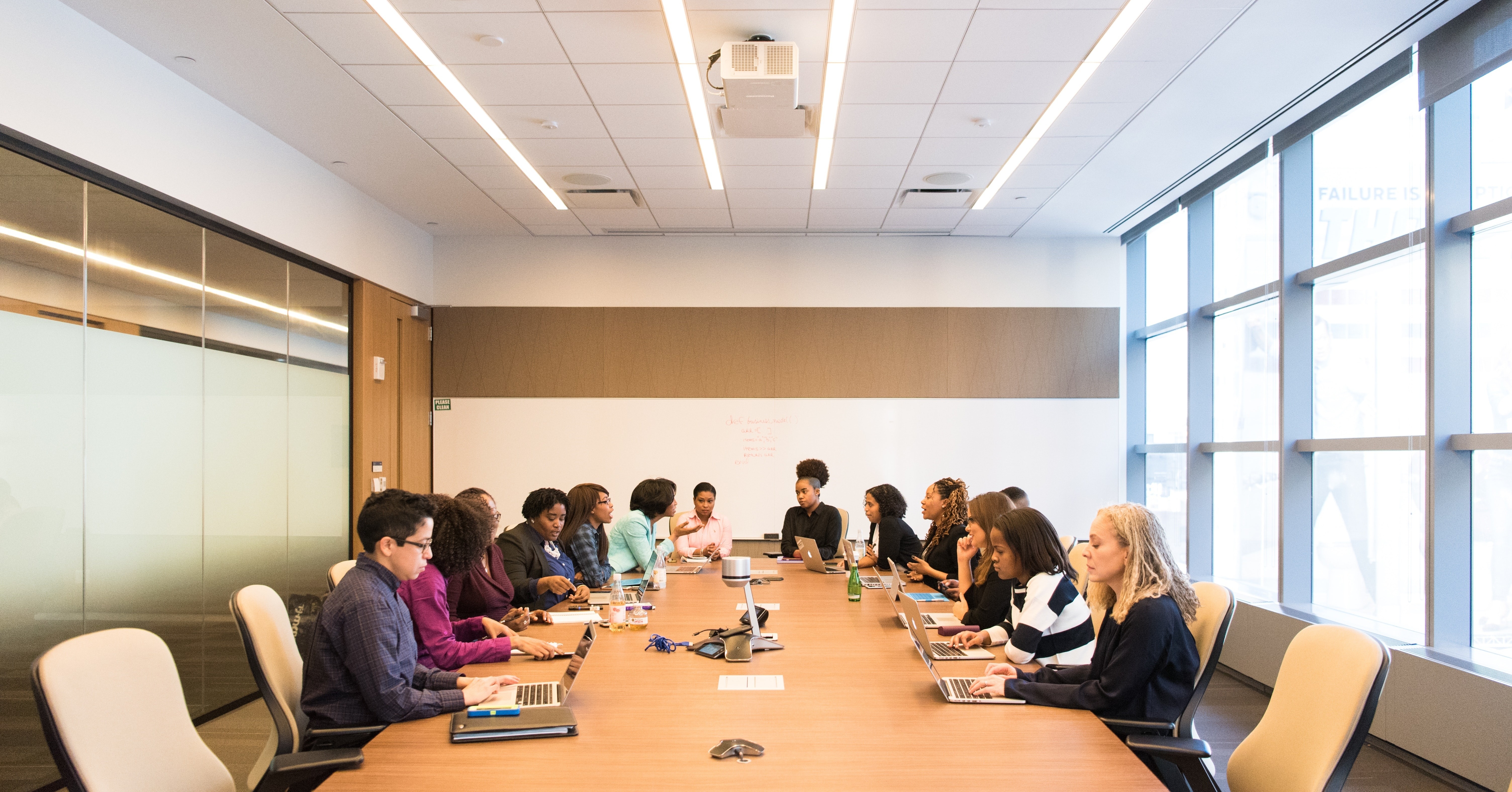How to Run a Productive Meeting: 6 Key Steps to Follow
Team meetings are essential to maximise collaboration, productivity and ensure that everyone is on the same page. Therefore, it’s important to make them as engaging and enjoyable as possible.
However, recent surveys reveal a concerning trend. UK workers claim three of the meetings they attend weekly are unnecessary. 6 out of 10 workers believe the culprit is the meeting’s subject, which they consider to be boring. On the other hand, 4 out of 10 workers blame the person leading the meeting.
The consequences are dramatic. Reports found that unproductive meetings cost UK organisations around £26 million pounds a year.
In this post, we will discuss what an effective meeting looks like and what common mistakes you should avoid making. We will also offer some guidance on how to run a productive meeting at your organisation.

5 Common Mistakes That Lead to Unproductive Meetings
These are the most common mistakes that you'll want to avoid:
1. Having a Poor Agenda
If you don’t create an agenda or your agenda items are vague, you probably are unprepared for your meeting. As a consequence, your attendees will be left confused, and the discussions unfocused.
2. “This Meeting Should’ve Been an Email."
Another mistake many make is scheduling meetings just for the sake of having a meeting. Besides wasting time, it also contributes to zoom fatigue, which refers to the idea that video chats fatigue humans. As a result, the meeting participants’ engagement and productivity declines considerably.3. Inviting the Wrong People
Sending meeting invites to many of your colleague especially who are only partly involved, leads to ineffective meetings. Bigger groups lead to a decline in meetings' productivity and is a waste of time for the employees who did not need to be present.
4. Bad Time Management
By default, meetings are usually scheduled for 1 hour. However, if there’s only 30 minutes’ worth of content to discuss, don’t unnecessarily elongate the meeting. Besides being pointless, participants will probably lose their focus and get bored.
Read: Top 6 Time Management Tips For a More Productive Working Week
5. Failing to Summarise the Meeting
Another mistake to avoid is neglecting to summarise the decisions made during the meeting and outlining the next steps. Otherwise, participants might be confused as to what they're expected to do.
Top tip: During important meetings, it useful to assign a minute taker to take meeting notes of all the important decisions made and relevant action points, so even after the meeting, there is a clear action plan. Find out how to effectively write up meeting minutes here.
6 Key Steps to Running a Productive Meeting
So, what do effective meetings look like? And what are the steps to make your meetings more productive?
Effective meetings are as short as they can be, they effectively provide participants with all the relevant information and have a clear purpose in order not to waste anyone’s work time.
To ensure your team meetings are productive rather than a waste of time, you can employ several strategies. We’ve compiled the most effectives ones below:
1. Clearly Define the Purpose of the Meeting
Regardless of the type of meeting you are conducting, always evaluate what is its purpose and what the desired outcomes are. Once you've established your agenda, it’ll be easier for you to stay on track and ensure that all essential topics are covered.
2. Allocate Some Time for Participation
When communicating important information, it’s important to encourage discussion to get valuable insights. Consider allocating a specific amount of time at the end of your meeting for discussion. This will allow you to better manage the discussion and prevent it going off-topic.
Related: How to Talk in Meetings with Confidence
3. Ask Your Colleagues for Feedback
Asking your colleagues for feedback is an excellent method to enhance your meeting practices. By directly asking the attendees for their opinions, you can easily improve their meeting experience and develop a positive team culture.
Explore why feedback culture is essential in every organisation.
4. Be Mindful of Timing
Consider your attendees’ schedules to avoid scheduling meeting during times when they are fatigued or less productive. Optimal timing will enable you to maximise the efficiency and engagement of your meeting.
Additionally, be mindful of the meeting’s duration. Based on the Pomodoro Method, research shows that for all participants to stay focused, the optimal time spent in a meeting should be 25 minutes. Also, by limiting the time available, you create a sense of urgency to get things done.
5. Open with Action
Show your attendees’ you value their time by starting the meeting on time, even if some people are late. Ensure a smooth start by welcoming every attendee, and if it is a virtual meeting, verify that every participant’s microphone is working.
6. Have a Meeting Summary at the End
Allocate five to ten minutes at the end of your meeting to sum up the decisions made and the next steps. You can also send a summary of the meeting to the attendees outlining the above, to ensure that everyone understands their responsibilities and expectations moving forward.
Run More Productive Meetings by Developing Your Leadership and Communication Skills
Mastering the art of running a productive meeting demands a range of essential soft skills, including effective verbal and written communication, good time management, and strong leadership abilities. We offer a diverse selection of courses designed to enhance and refine these skills:
- Advanced Minute Taking
- Influencing and Negotiating Upwards
- Speaking with Impact
- Communicating and Presenting Complex Information
Want to acquire a training course for your team only? Contact our In-House Team today who will be able to tailor this course to your team's training needs.




-Apr-29-2024-04-14-46-6744-PM.png?width=800&height=525&name=MicrosoftTeams-image%20(3)-Apr-29-2024-04-14-46-6744-PM.png)


